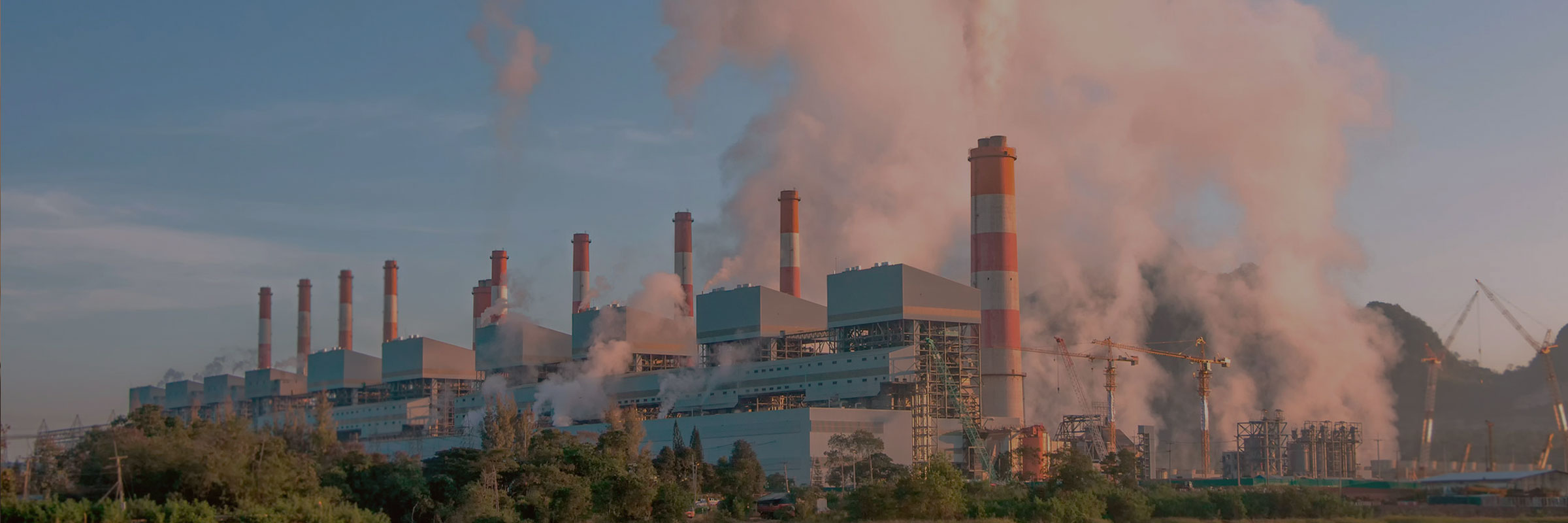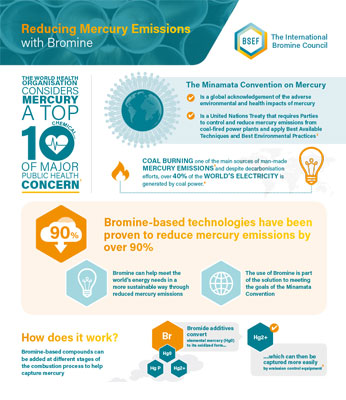Bromine-based products are used to reduce mercury emissions from coal-fired power plants. More than 40% of the world’s electricity is generated by coal power plants. When coal is combusted, mercury (Hg) that is present in the coal may be released. Mercury is considered a public health concern.
National laws, along with the United Nations’ Minamata Convention, a global treaty to protect human health and the environment from the adverse effects of mercury (see more in the regulations section), are strongly encouraging countries to find ways to reduce mercury emissions. The use of bromine in pollution control installations is one of the means to enhance reduction of mercury emissions in a cost-effective manner.





